BIO FINAL- ecology biosphere
1/31
There's no tags or description
Looks like no tags are added yet.
Name | Mastery | Learn | Test | Matching | Spaced |
|---|
No study sessions yet.
32 Terms
Studying an individual organism
Organismal ecology
Studying population or a group of individuals
– factors effecting growth / decline factor
Population ecology
Studying populations of different species and their interaction
Community ecology
Studying communities of organisms and effects of abiotic factor
Ecosystem
What is the distribution of living things and the abiotic factors that affect their distribution?
Biogeography
What line run east to west and helps measure out how far north and south something is?
-It also plays a role in the climate
Latitude (ladder)
Seasonal variation in sunlight intensity is important because
the earth tilts so seasons depend on where you live
What influence climate and moderate large bodies of water terrestrial climate?
Ocean currents
What structure influences airflow over the land?
Mountains
A patch of land that has been forced to become a desert because mountain ranges blocked all plant-growing, rainy weather?
Rain shadow
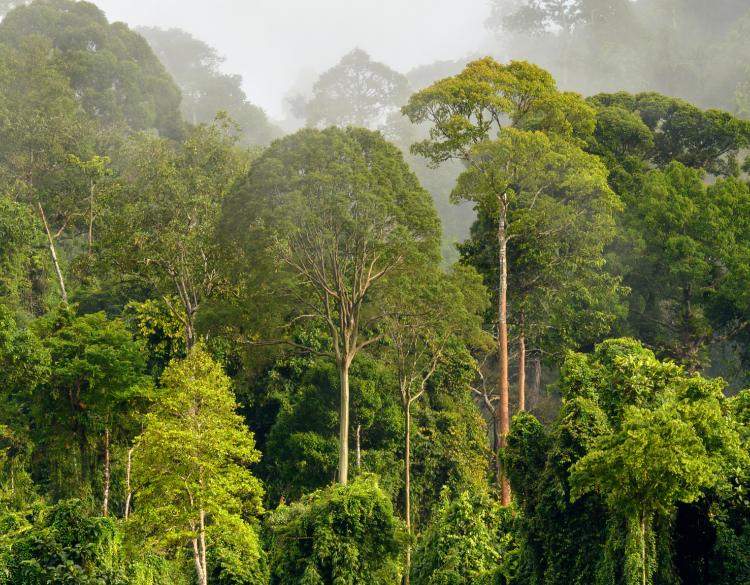
What biome:
Vertically layer plant life
High Temperature, 25-30°C, year round
Constant rainfall, 200-400 cm annually
Tropical rainforest
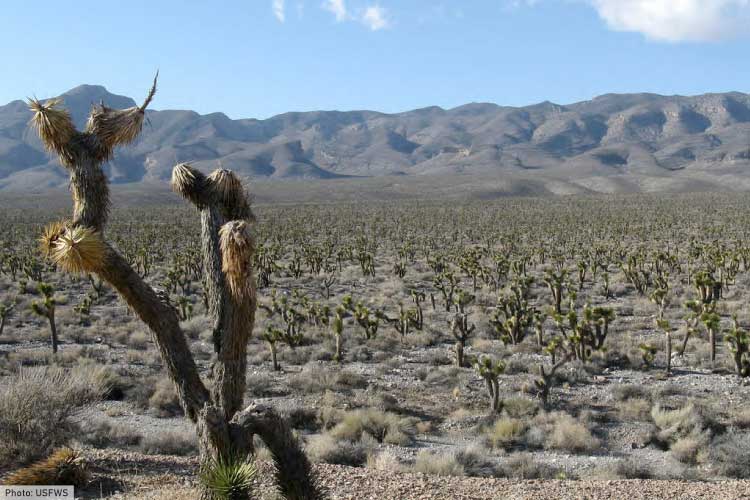
What biome:
Generally, less than 30 cm precipitation per year
Low widely scattered vegetation, deeply rooted succulents such as cacti, some scrub, many plant have toxins
Nocturnal animals, snakes, lizards, insects,
Desert
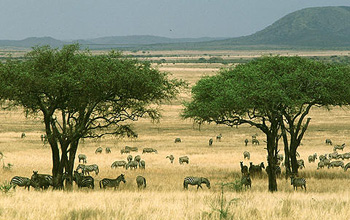
What biome:
Grasslands and scattered trees
Fires are common to control Vegetation
Large herbivores
Dry season that last up to 8 or 9 months, annual rainfall 30 to 40 cm
Savana
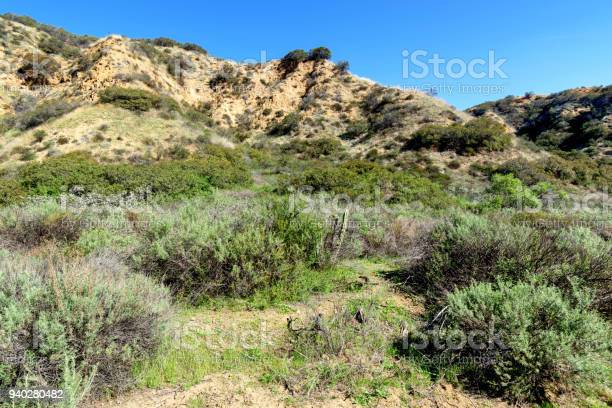
What biome:
Plant life is dominated by shrubs and small trees
Dry summers and wet winters, rainfall 30-50 cm
Highly distributed
Wild West movies
Chaparral
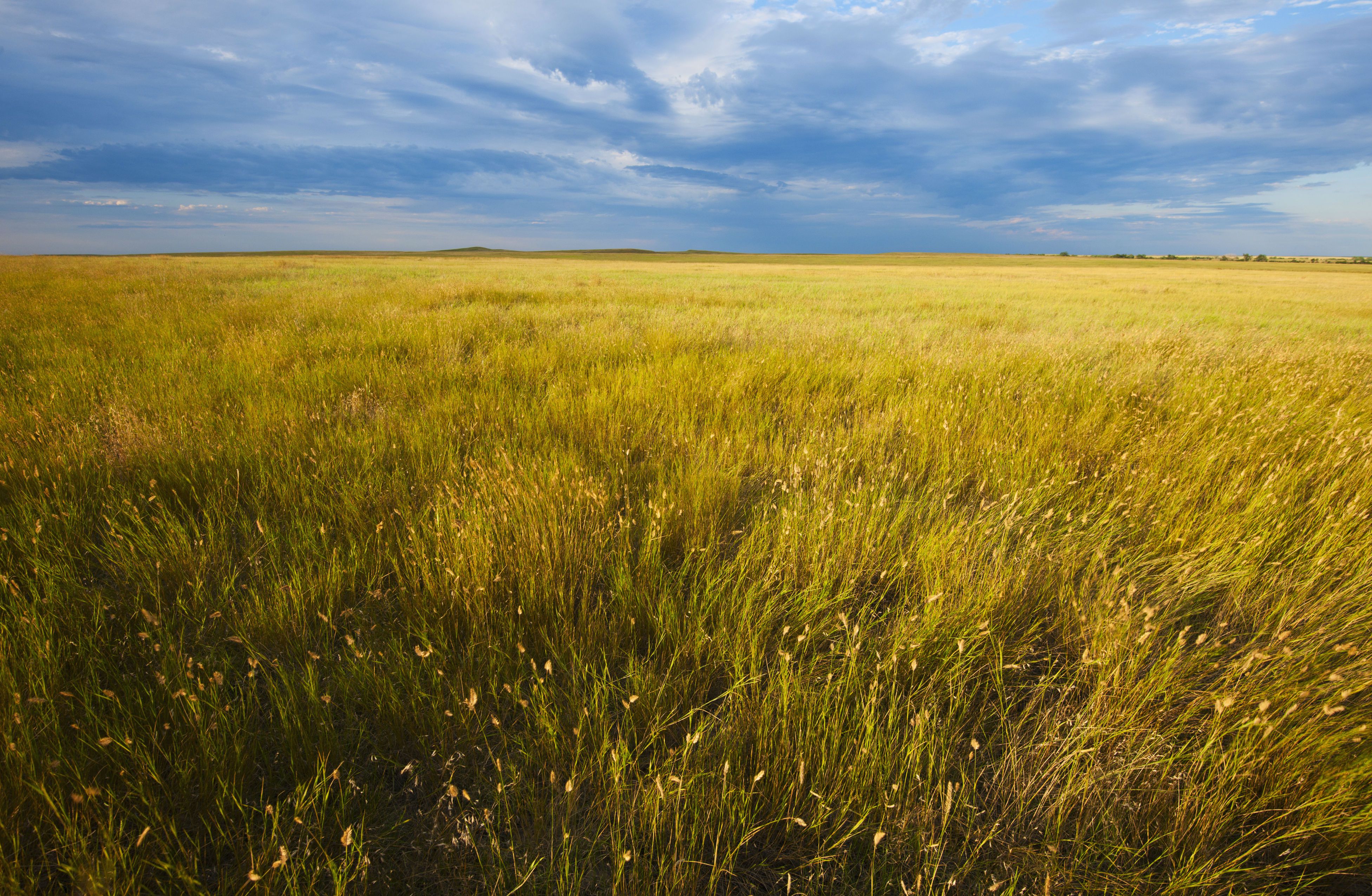
What biome:
Grasses are the dominant plant that survive periotic drought and fire
Large grazers such as buffalo and horses
Rainfall seasonal with wetter summers and dryer winters
Periods of drought common.
Temperate grasslands
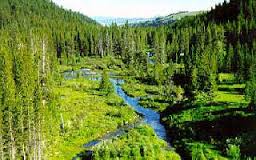
What biome:
Largest terrestrial biome on earth across North America and Eurasia – Boreal Forest
Cone bearing trees dominate plant life – pine, Spruce, fir, hemlock
Diverse animal life, bears, tigers (Siberia)
Moderate rainfall from 30 to 70 cm, In the Pacific Northwest of North America
Northern Coniferous Forest
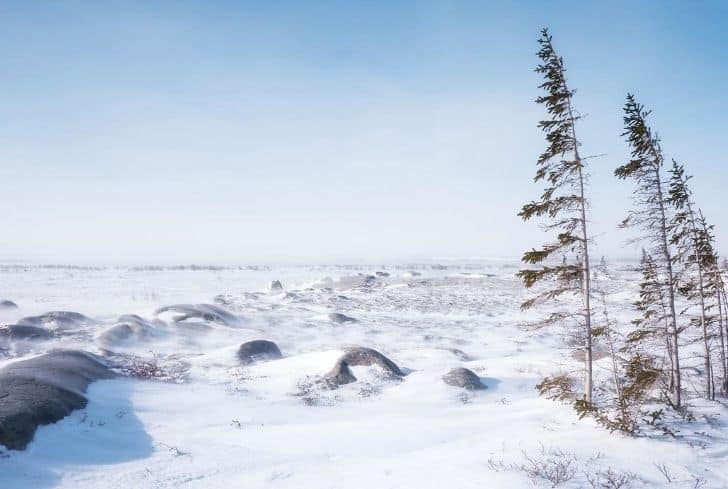
What biome:
Artic and Antarctic regions, about 20% of the Earth’s surface
Mosses, grasses, shrubs, lichens – permafrost Restricts plant root growth
Musk oxen, caribou, wolves, fox
Temperatures -30 to 10°C
Tundra
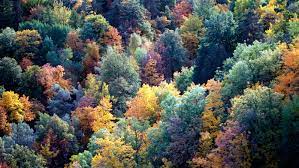
What biome:
Vertical plant canopy with at least one or two layers Of understory trees, a shrub layer and herb layer
Many mammals and birds
Rainfall all season averaging 70 to 200 cm per year
Temporal Broadleaf Forest
What major aquatic biome has water with salt concentration of 3%?
Marine water biome
What major aquatic biome has water with salt concentration of 0.01%?
Fresh water biome
What aquatic biome zone:
Periodically submerged/ exposed twice Per day
High O2 nutrients
Littoral/ intertidal zone
What aquatic biome zone:
Middle of the ocean
Constantly mixed by wind driven currents
This biome covers 70% of the earth’s surface
Pelagic zone
What type of lake is nutrient poor/ oxygen rich?
Oligotrophic
What type of lake is nutrient rich/ oxygen poor?
Eutrophic
What type of wetland are along rivers and streams?
Riverine
What type of wetland are along lakes and oceans?
Fringe
____ streams usually cold, clear, fast, and turbulen
Headwater
____ streams usually, slower, warmer and more turbid
Downstream
What does a lake or river chemical composition depend on?
substrate stream runs through
An area of transition between a river and the sea?
Estuaries
What location has:
Calcium carbonate skeletons of coral
Shallow photic zone of stable marine environments with high water clarity and quality
Usually near islands
Coral reef
What zone is:
Seafloor of the neritic and pelagic zones
No sunlight except for the shallow costal areas
Marine Benthic Zone